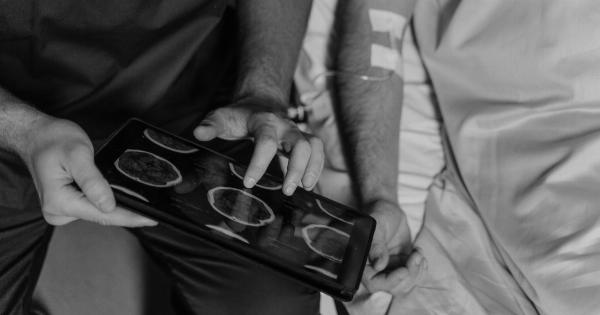Melanoma is the deadliest type of skin cancer. Although it is less common than other types of skin cancer, it is responsible for most deaths related to skin cancer.
It is essential to recognize the signs of melanoma early to prevent severe complications and fatal outcomes. Recent studies have shown that men are at a higher risk of death from melanoma than women. In this article, we will discuss the reasons behind this disparity and the steps that men can take to reduce their risk of developing melanoma.
What is Melanoma?
Melanoma is a type of skin cancer that develops from the pigment-producing cells called melanocytes. It is more likely to spread to other parts of the body than other types of skin cancer.
The primary cause of melanoma is excessive exposure to ultraviolet radiation from the sun or tanning beds. Other potential risk factors include having fair skin, a history of sunburns or tanning bed use, a weakened immune system, and a personal or family history of melanoma.
Why Are Men at a Higher Risk of Death from Melanoma?
According to recent studies, men are at a higher risk of death due to melanoma than women. Although melanoma is more common in women, men have a significantly higher incidence of thick melanomas that penetrate deeper into the skin.
Thick melanomas are more challenging to treat and are associated with a higher risk of mortality. Additionally, men tend to delay seeking medical attention for a suspicious skin lesion, which leads to a more advanced stage of melanoma at the time of diagnosis.
Lastly, men are less likely to practice sun-safety behaviors, such as wearing sunscreen, seeking shade, and wearing protective clothing, than women.
What Are the Signs of Melanoma?
Early detection of melanoma is crucial to successful treatment and survival rates. The American Academy of Dermatology has developed the ABCDE rule to help people recognize the signs of melanoma:.
- Asymmetry: one half of the lesion does not match the other half
- Border irregularity: the edges of the lesion are not smooth or well-defined
- Color variation: the lesion has different colors, such as black, brown, red, or white
- Diameter: the lesion is larger than 6mm, about the size of a pencil eraser
- Evolving: the lesion is changing in size, shape, or color
It is crucial to report any suspicious skin lesions to a healthcare provider promptly.
How Can Men Reduce Their Risk of Melanoma?
Men can take several steps to reduce their risk of developing melanoma:.
- Practice sun safety: wear a broad-brimmed hat, long-sleeved shirts, and long pants when outdoors, particularly during peak sun hours between 10 am and 4 pm. Use a broad-spectrum sunscreen with an SPF of 30 or higher and reapply it every two hours, or more often if sweating or swimming.
- Avoid tanning beds: indoor tanning beds emit high levels of ultraviolet radiation, increasing the risk of melanoma and other skin cancers.
- Seek shade: stay under a tree or umbrella, or indoors, if possible, during peak sun hours.
- Report any suspicious skin lesions: see a healthcare provider promptly if you have a suspicious skin lesion that is new, changing, or is not healing.
- Perform monthly self-examinations: examine your skin from head to toe, including in between your toes and on the soles of your feet.
The Bottom Line
Melanoma is the deadliest type of skin cancer, but early detection and treatment can significantly improve outcomes.
Recent studies have shown that men are at a higher risk of dying from melanoma than women, primarily due to delays in seeking medical attention for suspicious lesions and less use of sun-safety measures. Men can take several steps to reduce their risk of developing melanoma, including sun safety, avoiding tanning beds, seeking shade, reporting suspicious skin lesions, and performing self-examinations regularly.
It is essential to recognize the signs of melanoma early and seek prompt medical attention to prevent severe complications and fatal outcomes.


























